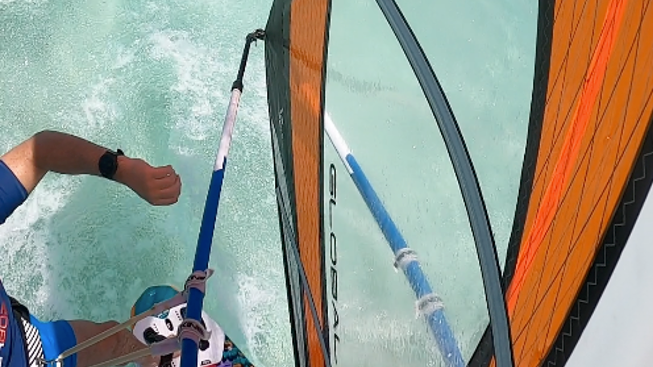

Smartwatches are complex devices that supposedly provide us with an accurate, detailed array of health and fitness data from which we can make informed decisions. It is, to use an original wearable phrase, our “quantifiable self”. But how do we know if they are accurate? After all, the average consumer is hardly likely to cross-test their smartwatch against medical grade equipment, or even to count each individual step that they take in a day. So instead, we just have to trust and believe. But can we really?
Take for example the emergency accident warning which, on certain smartwatches, activated emergency 911 calls while their wearers continued to enjoy their skiing unaware that their watch was telling the world they had a probable head injury and that the emergency services were trying to find them. Yes, the developers had the right intention, but clearly hadn’t considered the shaking that a watch would face while its owners skied down the slope at full velocity.
But that is relatively new and complex stuff, so let’s give it a pass. Closer to home was my recent windsurfing data. As I’ve previously mentioned, windsurfing data is one of the main reasons why I wear a smartwatch. Distance traveled, calories burned and, of course, the all-important top speed. But I’m starting to question the accuracy of the data collected after looking at my recent stats. Actually, to be blunt, I’m beyond questioning it… I know that it is wrong. And, to be clear, I’m not talking about a low end smartwatch, but rather, one that is sports-focused and rather expensive.
Let’s start with the good news: I agree with the speed data. Of course, that is because I want to believe that I skim across the water at more than 25 mph, but also because, since it is GPS-based presumably it is accurate. But after that it all gets a bit more questionable. I’ll save you from all the mundane details and get to the obviously false elevation information. Now recall, I’m windsurfing in the clear blue waters of the Caribbean and the water is flat. And yet, in a recent session my watch told me that I gained 25 feet in elevation. That’s a mighty high jump and not something I’m capable of even with my most spectacular crashes. Even stranger was my minimum elevation which was -11 feet. The water I was windsurfing in was only four feet deep. So according to my smartwatch I hit the bottom and started digging. Oh, and as an aside, I somehow also completed my daily goal of climbing ten flights of stairs… which is quite impressive when the only step in sight was the single step up to my chalet.
While the vast majority of smartwatch wearers probably won’t find themselves windsurfing 25 feet above water level (or 11 feet below the surface), the point here is that many watches may not be as good at tracking your exercise as you think. As a case in point, a recent jaunt on a treadmill gave me contradictory data: the treadmill thought I had run four miles; my watch believed it was 4.3 miles. Heck, the two devices could not even agree on how long I had been exercising, with a 14 second disparity after 45 minutes of exercise.
This poor data is worrying, especially as nearly 30% of consumers owning a smartwatch bought it for the primary reason of improving fitness (Connected Intelligence Wearable Ownership Report, March 2023). If they begin to question the accuracy of the watch’s stats, we will see an increase in abandonment. Further, many manufacturers are adding more health features and, most recently, are apparently considering AI-based fitness coaching. Now that may be a wonderful idea in theory, but if the base data is inaccurate, then the AI Coach could make wildly invalid suggestions and recommendations.
Perhaps the smartwatch manufacturers need a global certification program from an independent firm to validate their products? Or perhaps we will find that different people produce differing levels of accuracy and that I’m just, well, weird. Fortunately for me, all I really care about is the speed data and basic notifications (at least for now). Talking of which, it’s time to hit the water one last time to try and go faster … and apparently higher (or lower).